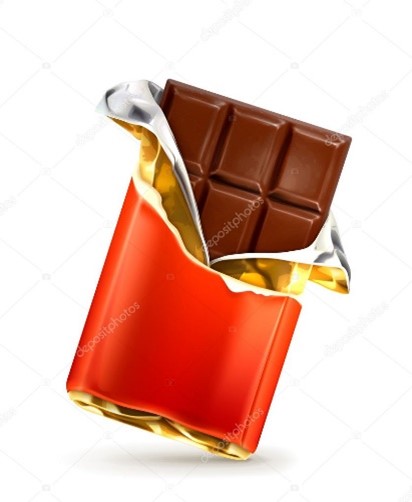Look closely and it’s easy to see opportunities for backside printing everywhere — not just inside boxes, but under bottle caps, on the inside of snack bags, under the lids of yogurt containers, and more. In many markets, however, less than 1% of all food products are capitalizing on these typically blank areas by using what the industry calls “backside” or “inside” printing. The few that do — including household names like General Mills, Nestlé and others — have demonstrated its ability to boost customer engagement with their brands.
So why isn’t more of this valuable interior packaging space being used?
The simple answer is many food packaging printers don’t know just how easy backside printing can be, or that compliant ink products even exist. With a little coaching, your brand can help them overcome some basic misconceptions — and start taking advantage of one of the fastest-growing ways to build stronger relationships with consumers.
Why use backside printing?
Today’s customers are more involved in the products they buy, and deal with brands more intimately than in the past. They’re more likely to remember your brand — especially if it responds to their engagement — which can massively increase customer loyalty.
Backside printing has the power to take your brand from ordinary packaging to memorable, unique, or even “screaming” packaging. It does this by creating additional branding opportunities that aren’t apparent on the outside. Interior space can be used to boost brand awareness, cross-promote other products, introduce new offerings, or recognize things that are important to the brand or its customers (for example, a tie-in with November for mental health, or October for breast cancer).
Another benefit of backside printing is its ability to stimulate engagement through curiosity. Once your customers know there’s something more in the package, they’ll be encouraged to look inside for other messages the next time they purchase one of your products. It increases engagement with your product.
Inside printing isn’t rocket science
Printers who aren’t experienced with inside packaging techniques often worry that it will make their job significantly more complicated. Common misconceptions include:
- Fears of cross-contamination.
- Lack of knowledge that food safe inks for direct food contact are available, and the thought they must use lamination or overwrapping in some way.
- Belief that special equipment will be required.
Inside Printing Inks
In fact, any experienced press operator can use food-safe inks to add backside printing almost as easily as using conventional printing inks. No special equipment or additional skills are required.
For example, in flexographic, or “flexo” printing jobs, all that is needed are additional units for each of the inside  printing inks, plus a turn bar and any corresponding dryer units. Traditional offset presses can get the job done with perfector unit or can run a second pass through the press to apply food contact inks on the back side of the packaging.
printing inks, plus a turn bar and any corresponding dryer units. Traditional offset presses can get the job done with perfector unit or can run a second pass through the press to apply food contact inks on the back side of the packaging.
Compliant inks also have the advantage of keeping your product sustainable. Since additional lamination isn’t required, paper materials can be deinked after use and recycled into new products.
Regulatory requirements
Many printers are under the mistaken impression that no ink can come into direct contact with food or other products. In fact, there are compliant inks for food and other direct contact applications. That said, backside print applications need to conform to all corresponding regulations set down by FDA or EU standards.
Colorcon has your back(side)
Colorcon No-Tox inks are substantially more economical than overwrapping conventional inks. In this way, you can seamlessly add print to any part of your package — front and back, inside or out.
With more than half a century of experience with direct-food contact inks, Colorcon experts can assist you or your printer with any documentation needed to ensure your products will meet the appropriate regulations, including all necessary traceability data. This can include laboratory testing to simulate the printing process, preprint assistance in color approval, adhesion testing, performance evaluations, and other expertise to help your team develop backside printing without confusion – from the beginning to the end of your project.
Resources
Use the links below for more details about using No-Tox inks with common printing processes:
- Lithographic
- Flexographic
- Gravure
- Pad Print
- Screen Print
- Inkjet
Colorcon inks are manufactured with FDA- and EU-compliant raw materials in an ISO 9001-2015 certified manufacturing facility. All raw materials are selected in accordance with the FDA code of Federal Regulations, Section 21, and tested for purity. Inks and coatings are specifically formulated and manufactured to mitigate the risk of contamination for the consumer. Colorcon experts will work closely with you to ensure all products have the necessary resistance characteristics on their substrate to the food or beverage it will contact to ensure inks won’t bleed, leach or otherwise contaminate your product. Colorcon guarantees FDA and/or EU compliance in writing for each batch we manufacture.